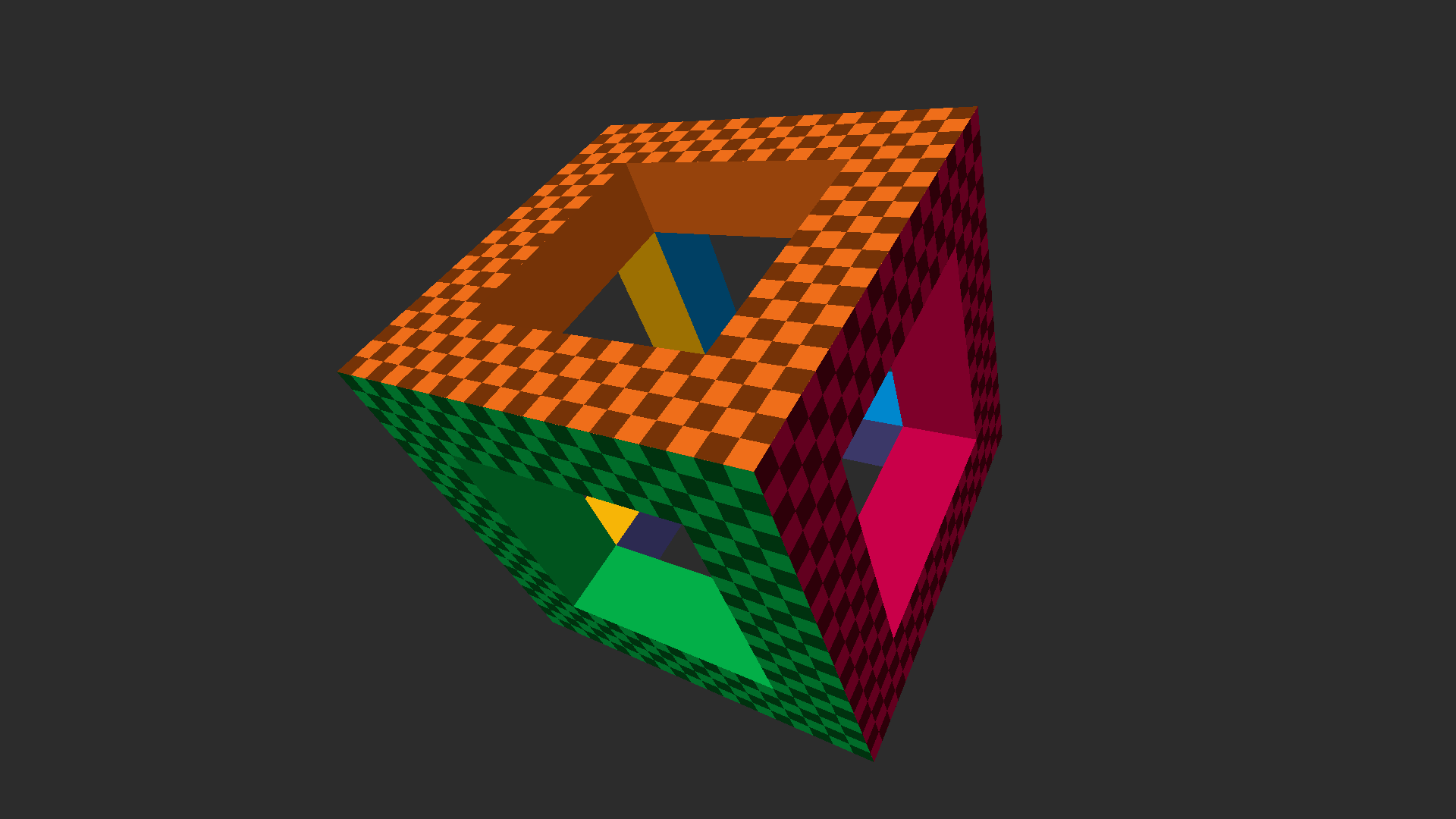A quick breakdown of lighting in the restir-meets-surfel branch of my renderer, where I revive some olde surfel experiments, and generously sprinkle ReSTIR on top.
Please note that this is all based on work-in-progress experimental software, and represents a single snapshot in development history. Things will certainly change 😛
Due to how I'm capturing this, there's frame-to-frame variability, e.g. different rays being shot, TAA shimmering slightly. Some of the images come from a dedicated visualization pass, and are anti-aliased, and some show internal buffers which are not anti-aliased.
